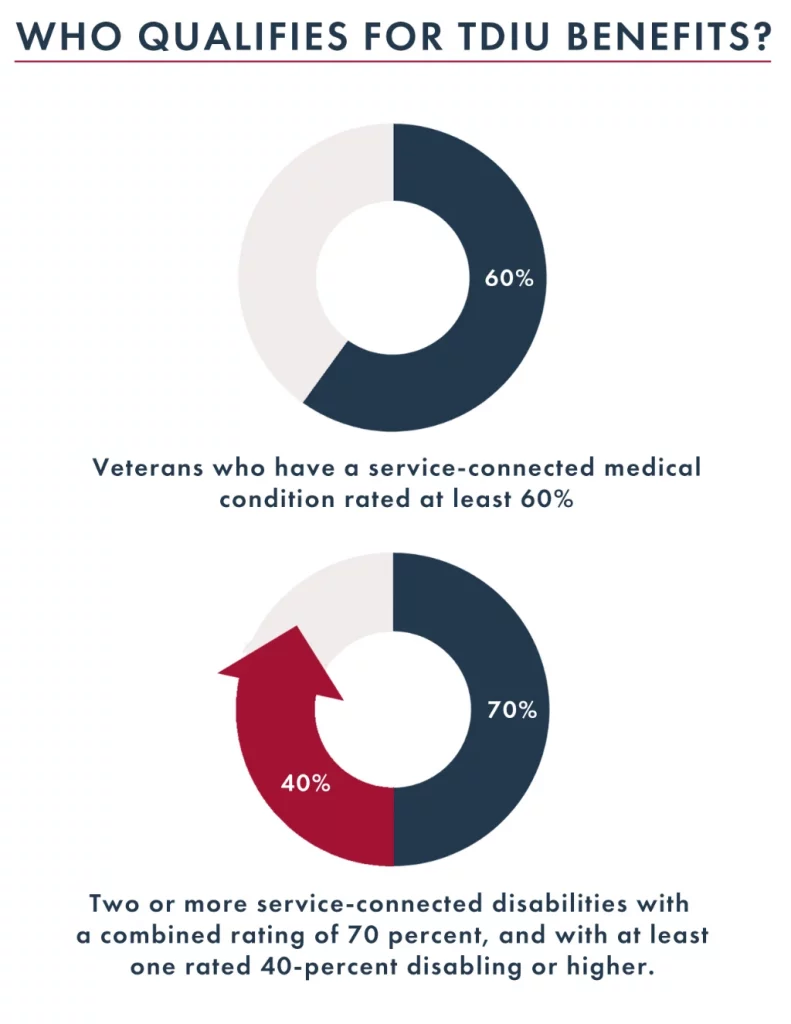VA Disability for Secondary Conditions to Allergic Rhinitis

CCK Law: Our Vital Role in Veterans Law
Allergic rhinitis is a condition that affects many veterans, as it is commonly caused by exposure to toxic substances, such as Agent Orange. Additionally, many veterans who are diagnosed with allergic rhinitis can develop other conditions which can be linked to their allergic rhinitis diagnosis. When a condition is caused by or linked to an already service-connected condition, VA refers to it as a “secondary condition.” Continue reading to learn more about secondary conditions linked to allergic rhinitis.
What is Allergic Rhinitis?
Typically, allergic rhinitis is an allergic response that occurs because of specific allergens, or a substance which causes an allergic reaction. The symptoms of allergic rhinitis tend to worsen when a person breathes in allergens, such as dust, animal dander, or pollen.
There are two types of allergic rhinitis: seasonal and perennial. Seasonal allergies typically occur during spring and fall and are in response to outdoor allergens, like pollen. Conversely, perennial allergies can occur year-round at any point during the year and are usually a response to indoor allergens like dust mites and pet dander.
Prolonged exposure to certain allergens can also trigger allergic rhinitis symptoms, as well as cause symptoms such as headaches and fatigue.
Symptoms of Allergic Rhinitis
- Sneezing
- Runny/stuffy nose
- Coughing
- Sore/scratchy throat
- Itchy/watery eyes
- Frequent headaches
- Eczema-type symptoms (dry, itchy skin)
- Hives
- Excessive fatigue
How Do Doctors Diagnose Allergic Rhinitis?
To diagnose allergic rhinitis, healthcare providers will usually perform a physical examination and ask about your symptoms. This also helps determine the type of allergic rhinitis the person has.
Allergy testing, such as skin testing, may reveal the substances that trigger your symptoms. A complete blood count (CBC) test, called the eosinophil count, may also help diagnose allergies.
Treatment for Allergic Rhinitis
The best treatment for rhinitis is to avoid the substances or environments that cause symptoms. However, medicine may also be prescribed by a doctor depending on symptoms and severity. Medications for allergic rhinitis include antihistamines, corticosteroids, decongestants, sublingual immunotherapy treatment, and allergy shots.

Service Connection for Allergic Rhinitis
To become primary service connected for allergic rhinitis, veterans need to submit VA Form 21-526EZ to VA, as well as proof of:
- A current diagnosis of allergic rhinitis, AND
- An in-service event, illness, or injury that caused the allergic rhinitis, AND
- A nexus linking your diagnosis to the in-service event, illness, or injury.
Secondary Service Connection
In order to establish secondary service condition for a condition caused or aggravated by allergic rhinitis, veterans will use the same form they used when filing for primary service connection (VA Form 21-526EZ), but they will also need to submit:
- A current diagnosis of the secondary condition; AND
- Medical evidence linking the secondary condition to allergic rhinitis
Presumptive Service Connection
In August 2021, VA announced that claims for allergic rhinitis would be processed on a presumptive basis based on presumed particulate matter exposures. However, veterans are only eligible for this presumption if they meet the following criteria:
- The veteran served in Southwest Asia; AND
- The veteran’s rhinitis developed within 10 years of a qualifying period of military service
More recently, the passage of the PACT Act created a new presumptive list for conditions related to burn pit exposure. The bill added 23 conditions, including chronic rhinitis, to the presumptive list for “covered veterans,” effective August 10, 2022. The bill defines a covered veteran as one of the following:
- A veteran who, on or after August 2, 1990, performed active military, naval, air, or space service while assigned to a duty station in, including air space above:
- Bahrain
- Iraq
- Kuwait
- Oman
- Qatar
- Saudi Arabia
- Somalia
- United Arab Emirates
- A veteran who, on or after September 11, 2001, performed active military, naval, air, or space service, while assigned to a duty station, including the airspace above:
- Afghanistan
- Djibouti
- Egypt
- Jordan
- Lebanon
- Syria
Secondary Conditions Linked to Allergic Rhinitis
As mentioned, some conditions can be caused or aggravated allergic rhinitis. Below are some examples of conditions which have been linked to allergic rhinitis:
- Allergic conjunctivitis – Allergic conjunctivitis has a close relationship with allergic rhinitis, as people who experience allergic rhinitis may have symptoms that affect the eyes, causing inflammation, itchiness, redness, or more. As such, allergic rhinitis can often lead to allergic conjunctivitis.
- Asthma – According to the National Asthma Council, people with allergic rhinitis have a higher chance of developing asthma than those without allergic rhinitis. Allergic rhinitis can also make asthma harder to control, often requiring more visits to the doctor.
- Depression – A study published by the National Institute of Health revealed that people with allergic rhinitis experience higher rates of depression and suicidal behavior than the general population.
- Eczema – Allergies often contribute to eczema, meaning that if a person has allergic rhinitis, they could face a higher chance of also having eczema.
- Sinusitis – Although allergic rhinitis and sinusitis share many symptoms, they are two separate conditions. However, allergic rhinitis can cause sinusitis because it can lead the nasal passages to become inflamed or blocked. When this happens bacteria can fester, often leading to infection and sinusitis.
- Sleep Apnea – Allergic rhinitis can increase a person’s likelihood of developing obstructive sleep apnea because allergic rhinitis increases airway resistance and reduce pharyngeal diameter from mouth breathing which moves the mandible inferiorly. Essentially, allergic rhinitis can cause a person to alter the way they need to breathe, such as breathing out of their mouth instead of their nose, and the constriction of the nasal passage and the pharynx can lead sleep apnea.
How Does VA Rate Allergic Rhinitis?
VA rates allergic rhinitis under 38 CFR § 4.97 – Schedule of Ratings, Respiratory System, Diagnostic Code (DC) 6522. The rating criteria is listed below:
- 30% – with polyps
- 10% –without polyps, but with greater than 50 percent obstruction of nasal passage on both sides or complete obstruction on one side
If you believe the severity of your allergic rhinitis is not accurately reflected in the rating criteria, you may be eligible for an extraschedular rating. An extraschedular VA disability rating may be warranted for veterans who experience unique or especially severe symptoms of a service-connected condition.
Again, to receive an extraschedular rating for allergic rhinitis, the veteran’s symptoms must not already be contemplated (i.e., taken into account) in the rating criteria set forth under DC 6522. The criteria for an extraschedular rating fall under VA regulation 38 CFR § 3.321(b)(1).
TDIU with Secondary Conditions to Allergic Rhinitis
TDIU is a monthly benefit that compensates veterans at the 100 percent rating level if they are prevented from obtaining or maintaining employment because of their service-connected disabilities.
Secondary conditions to allergic rhinitis can help a veteran met the eligibility requirements for TDIU. There are two forms of TDIU for which veterans can be eligible:
- 38 CFR § 4.16a (“Schedular”) – For this form of TDIU, the veteran must have:
- One condition rated at minimum 60 percent OR two conditions that can be combined to reach 70 percent, where one condition is at minimum 40 percent.
- 38 CFR § 4.16b (“Extraschedular”) – This form of TDIU is for veterans who may not be able to achieve the ratings necessary for schedular TDIU but are still unable to obtain substantially gainful employment on account of their conditions.
Ratings given for secondary conditions to allergic rhinitis can help a veteran reach the 70 percent rating minimum to be eligible for schedular TDIU.

Getting Assistance with Secondary Conditions to Allergic Rhinitis
Claims for secondary service connection can sometimes be challenging, but veterans should know they do not have to go through the process alone. An accredited representative can submit evidence to VA on your behalf, as well craft skilled arguments and manage VA’s deadlines for appeal if your initial claim was denied. If you need an accredited representative to help you secure secondary service connection, contact our office today.
About the Author
Share this Post
